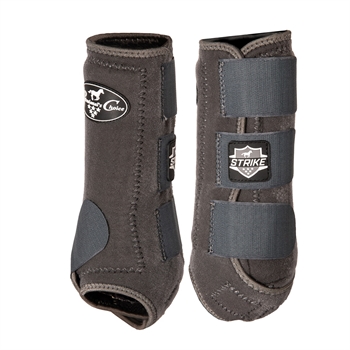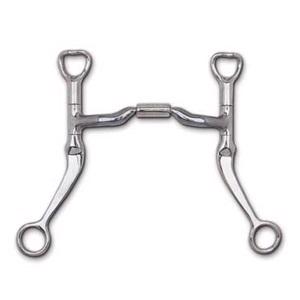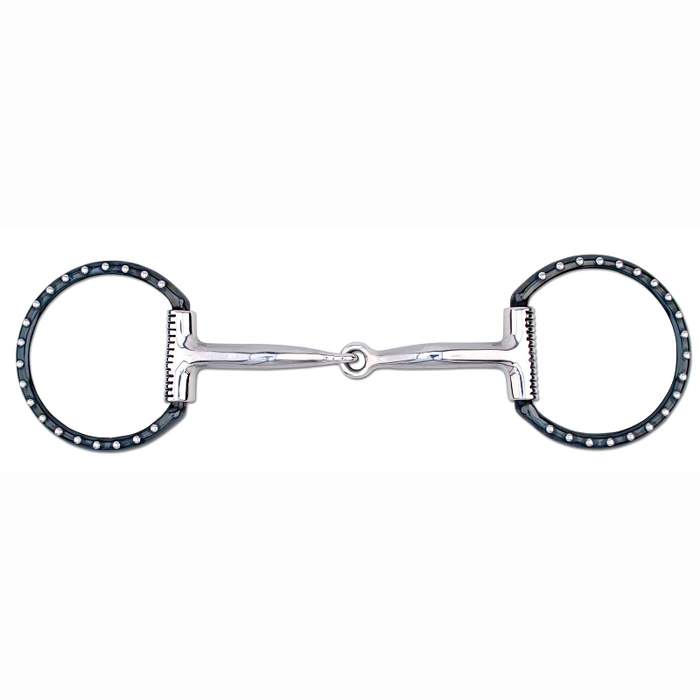Western BitsFrom snaffle to pole bit at the horse's paceIf you ask around the horse world, most people will probably recognize the western team as the team with the big pole bite and loose reins. However, make no mistake, this is not where the horse starts its career - there is a lot of work and preparation before the horse has the carriage and signals in place to walk with a western bit and the completely loose rein. No matter where the western horse is in its training, it's important that we choose a bit that fits the horse and doesn't bother it unnecessarily. Although the bit is a human invention and not a horse's need, it is an important and effective tool in horse training as long as we use it correctly - simply put, the bit is never stronger than the hand holding the rein. There are many factors that come into play when it comes to horse bits. It can therefore be a good idea to consult a professional who knows a lot about bit fitting, as many problems between horse and rider can stem from an incorrect bit that is associated with discomfort or even pain for the horse. 1 |
Follow us on Instagram



